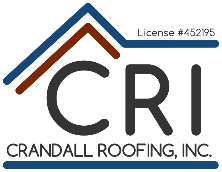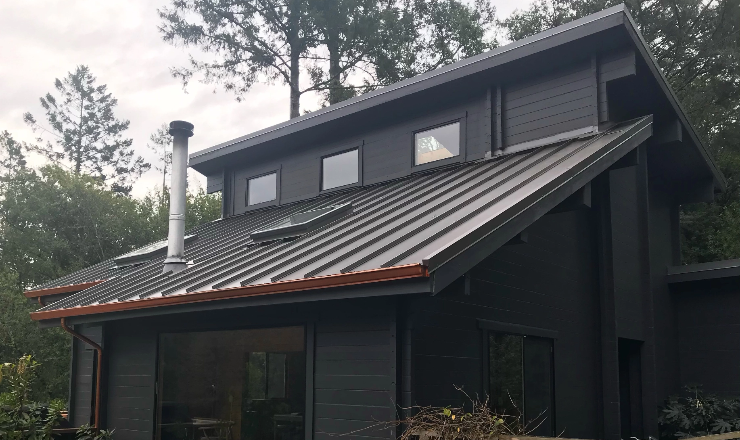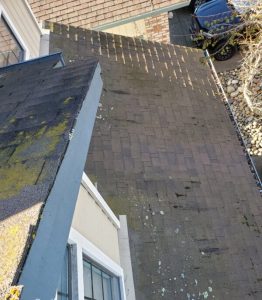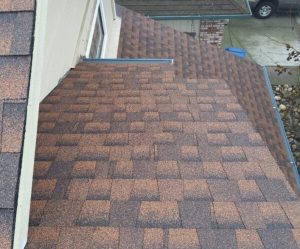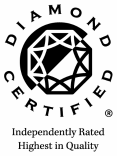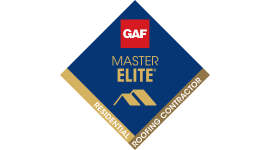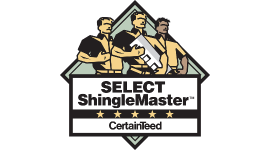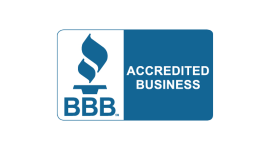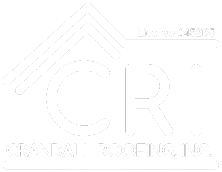Photo Details: Installed GAF Timberline HDZ Reflector Series shingles in color hickory.
Mother Nature’s Moisture Test
What seems to be small, harmless vegetation is in fact one of your biggest nightmares. Many homes have roof areas that are shaded by surrounding trees that cause moss to thrive. While we love and understand the many reasons to have trees around your property, we recommend regular maintenance. Regular maintenance to the vegetation around your home and to your roof. Without regular maintenance you may experience moss growth without your knowledge and end up with a bigger problem than you ever could have imagined.
Preventative Measures
Moss grows in shaded areas that allow moisture to be plentiful. Overgrown trees or build up debris give the perfect environment for this growth. The more shade your roof receives, the more likely the roof will have moss at some point in it’s life. By trimming trees that overhang or shade the roof you are allowing the sun to continue to dry out the surface area and preserve your investment. Annual roof maintenance (that includes walking the full length of the roof) will ensure there are no problem areas that need to be addressed. This is a good time to have the gutters and downspouts cleaned so that debris is removed and water may travel away from the home and towards the ground.
Additional Recommended Preventatives
Zinc strips are another preventative method for moss growth on composition shingles, wood shakes, and tile roofs. These strips are installed under the ridge cap and start working once water rolls over them. The water initiates metal particles that are poisonous to algae, moss, lichen, fungus, mold and other simple plant life. By installing the strips at the top of the roof the water washes the particles across the surface level of the roof and give a protectant barrier from potential plant life. Zinc strips are a preventative method but they do not remove moss that is already inhabited on the roof.
How much damage can a low profile plant cause?
A major concern with moss is how low profile it naturally is. Moss can grow under shingles and begin to fester while navigating through small cracks in shingle, tile or wood shake roofs. While these materials are very dense and are built for longevity they are not 100% moss proof and can be infested if the environment allows. This sets the course for leaks and potentially more severe damage to the home.
If gutters are not properly cleaned moss can grow on debris that has not been removed and into fall into the downspouts. Once the downspouts are clogged there is a chain reaction that leads to overflowing gutters onto the foundation. If water is continuously pouring onto the foundation from a one or two story home, the impact can cause foundation damage and a larger project entirely. Needless to say, moss may look small and innocent but never underestimate the power of nature.
Unfortunately, once moss has attached to the roof it is very difficult to remove and repair the damage left behind. Most experienced roofers recommend replacing the roofing material entirely as power washing the roof can damage the integrity of the shingles/ tiles used. The best way to attack moss is to prevent growth by continuous maintenance, zinc strip installation and staying up to date on debris removal.
Recommendations:
- Contact Crandall Roofing to assess your roof’s current condition and present replacement proposal, if recommended.
- Install zinc strips at the time of roof replacement to ensure moss cannot grow on the roof.
- Stay up to date on landscaping maintenance.
- Schedule annual or biannual roof maintenance for debris removal and inspection.
- Stay vigilant for shadowing noted on your roof.

